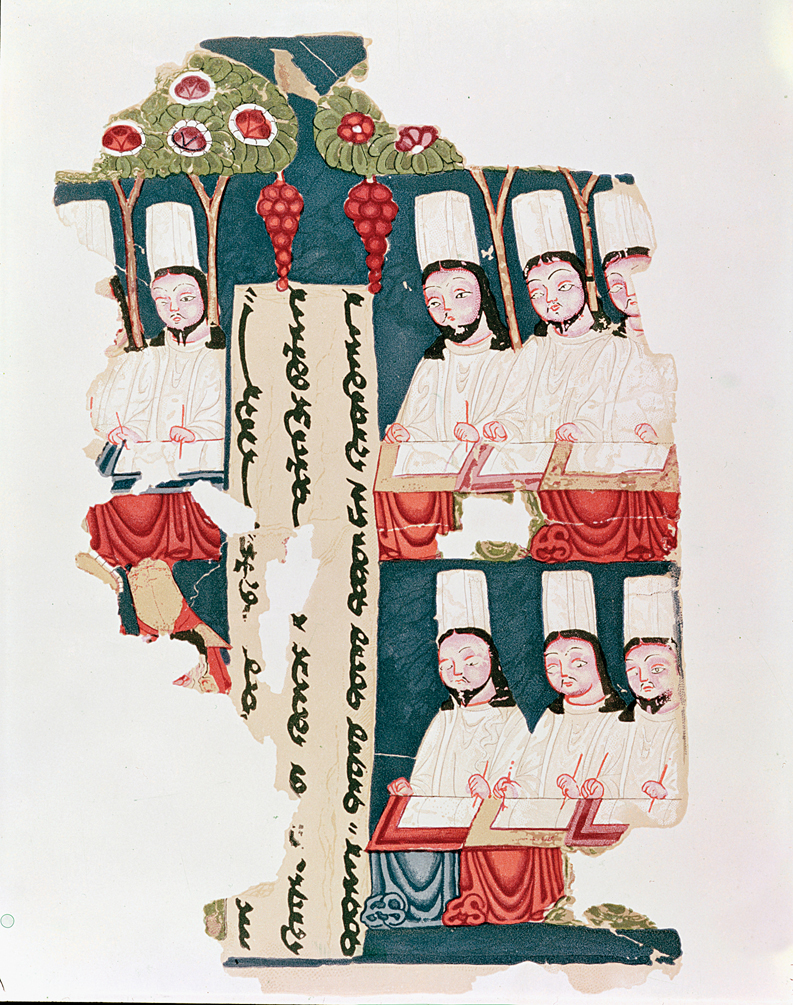A History of World Societies:
Printed Page 331
A History of World Societies Value
Edition: Printed Page 329
Nomadic Society
Easily crossed by horses but too dry for crop agriculture, the grasslands could support only a thin population of nomadic herders who lived off their sheep, goats, camels, horses, or other animals. Following the seasons, they would break camp at least twice a year and move their animals to new pastures, going north in the spring and south in the fall.
In their search for water and good pastures, nomadic groups often came into conflict with other nomadic groups pursuing the same resources, which the two would then fight over, as there was normally no higher political authority able to settle disputes. Groups on the losing end, especially if they were small, faced the threat of extermination or slavery, which prompted them to make alliances with other groups or move far away. Groups on the winning end of intertribal conflicts could exact tribute from those they defeated, sometimes so much that they could devote themselves entirely to war, leaving the work of tending herds to their slaves and vassals.

To get the products of nearby agricultural societies, especially grain, woven textiles, iron, tea, and wood, nomadic herders would trade their own products, such as horses and furs. When trade was difficult, they would turn to raiding to seize what they needed. Much of the time nomadic herders raided other nomads, but nearby agricultural settlements were common targets as well. The nomads’ skill as horsemen and archers made it difficult for farmers and townsmen to defend against them. It was largely to defend against the raids of the Xiongnu nomads, for example, that the Chinese built the Great Wall.
Political organization among nomadic herders was generally very simple. Clans — members of an extended family — had chiefs, as did tribes (coalitions of clans). Leadership within a group was based on military prowess and was often settled by fighting. Occasionally a charismatic leader would emerge who was able to extend alliances to form confederations of tribes. From the point of view of the settled societies, which have left most of the records about these nomadic groups, large confederations were much more of a threat, since they could plan coordinated attacks on cities and towns. Large confederations rarely lasted more than a century or so, however, and when they broke up, tribes again spent much of their time fighting with each other, relieving some of the pressure on their settled neighbors.
The three most wide-